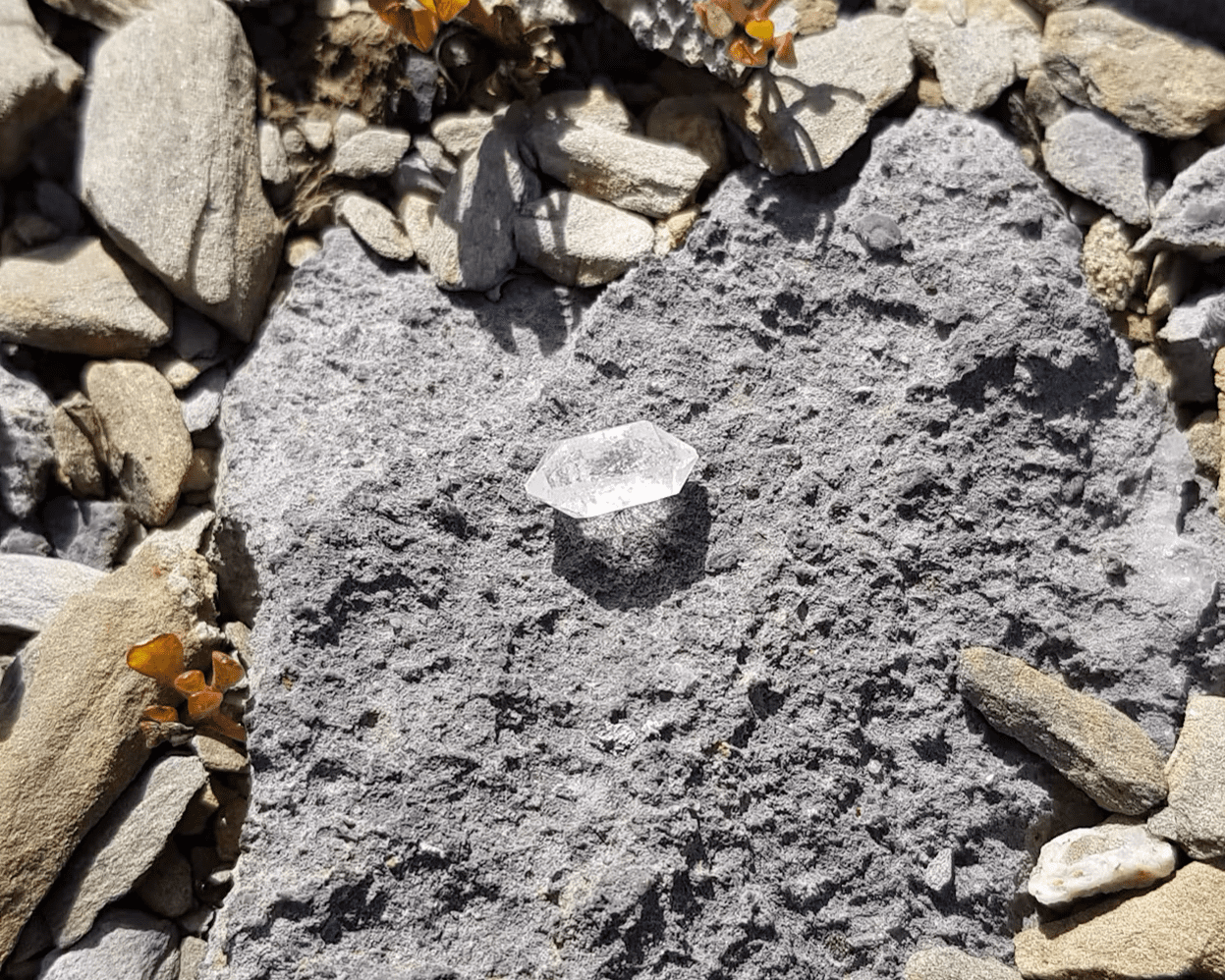It must be frustrating, sometimes, to be a professional archaeologist. Here you are, slogging away on years-long excavations in the scorching desert or freezing English rain, just hoping to find a tiny clue about ancient burial rites or something – only for some rando to wander up a mountain one day and accidentally stumble upon a long-lost shrine to the Ancient Roman mountain gods.
“We do find single Roman coins occasionally in the Alps, but this site is unusual because of the amount of coins and the location,” Regula Gubler, scientific project manager on the archeological team that’s been investigating the site since 2022, told Newsweek.
“We are only at the beginning of the investigations, but we think it is a holy place,” she explained. “[P]eople went [there] to deposit votive offerings – mainly coins, but also other objects – asking the deities for things or thanking them […] I guess a kind of pilgrimage.”
The first sign that something interesting might have been going on in the area came back in 2020, when a stray hiker happened across a single ancient coin buried amongst the rubble.

A Roman coin on the site of the excavations. © Archaeological Service of the Canton of Bern, Regula Glatz
After reporting the find to local authorities, however, it became apparent that this high-altitude site was hiding a lot more than just a few bits of dropped change. So far, the team has discovered 100 ancient Roman coins, 59 Roman shoe nails, 27 small rock crystals, a brooch, and a fragment of a leaf-shaped votive plaque, per Newsweek.

The votive plaque found at the foot of the Ammertenhorn. © Archaeological Service of the Canton of Bern, Markus Detmer
But at 2,590 meters (nearly 8,500 feet) above sea level, and well clear of established passing places, the site proved difficult to reach even for the modern excavation team. “[It] is far from human habitation, today and in Roman times […] and definitely not a pass,” Gubler told Newsweek. “We had to fly our supplies up there and camped for several days.”
Combined, this all suggests a place of great importance for the ancient folk who left those artifacts behind. The team suspects its importance may have something to do with the naturally occurring rock crystal formations that can be found in the area.

One of 27 rock crystals found at the foot of the Ammertenhorn. © Archaeological Service of the Canton of Bern, Regula Glatz
“We often consider this type of object as offerings,” explained Adriano Boschetti, an archaeologist with the Archaeological Service of the Canton of Bern, in a statement. “It cannot be ruled out that the high plateau between the [peaks of] Ammertenhorn and the Wildstrubel massif, visible from afar, was a sacred place.”
It’s not totally surprising: the site is just 19.3 kilometers (12 miles) away from the town of Thun, where several Roman temples can be found – including an effigy specifically devoted to the goddesses of the Alps.
“The mountains had clearly a religious significance,” Gubler said. “[This] is an interesting site because it shows that the Roman population of the region didn’t only worship the mountains from afar, but also went up and close to them to deposit votive offerings.”
Source Link: Hiker Accidentally Discovers Ancient Roman Shrine To Mountain Gods In The Alps